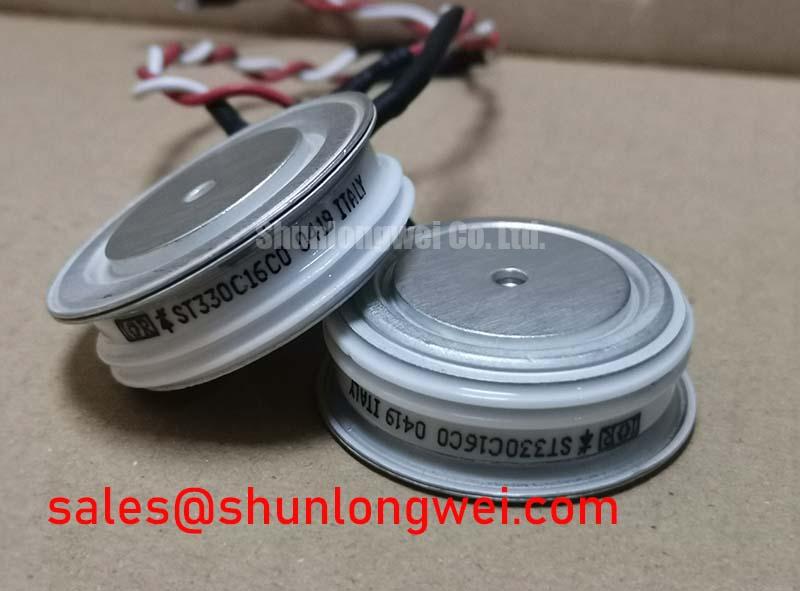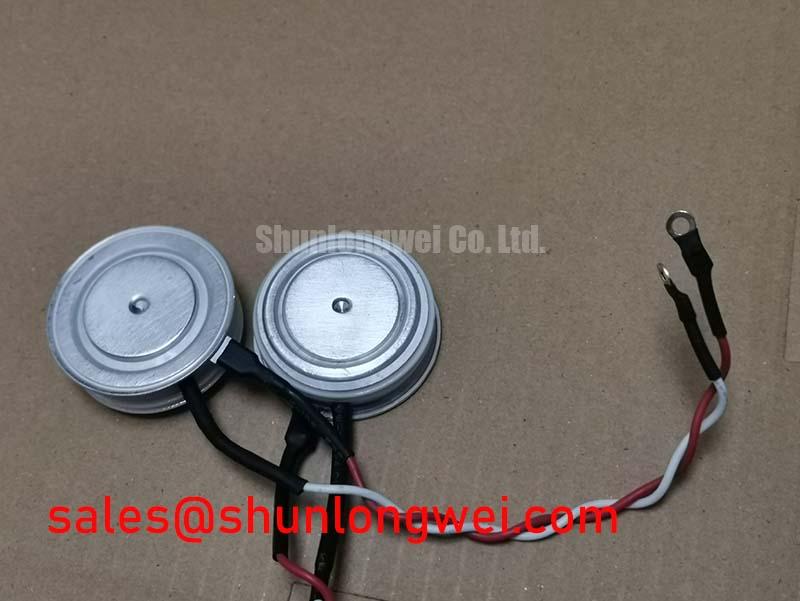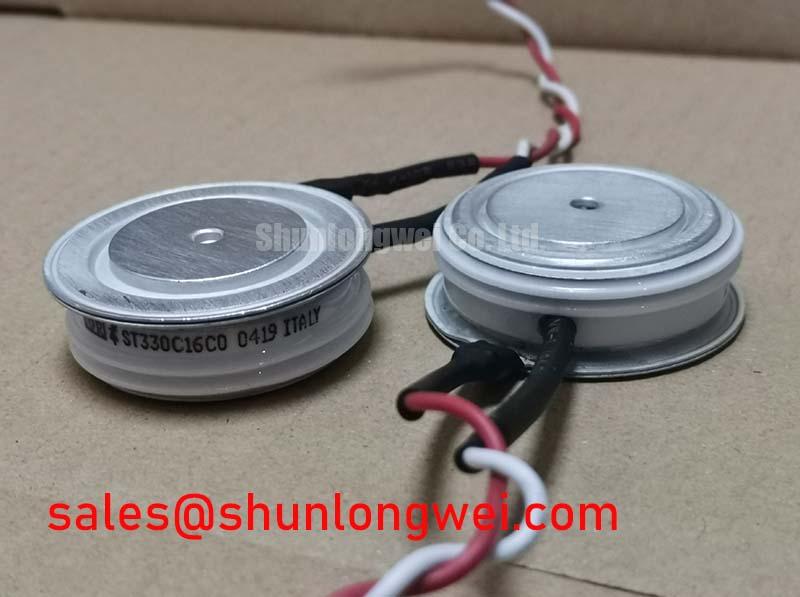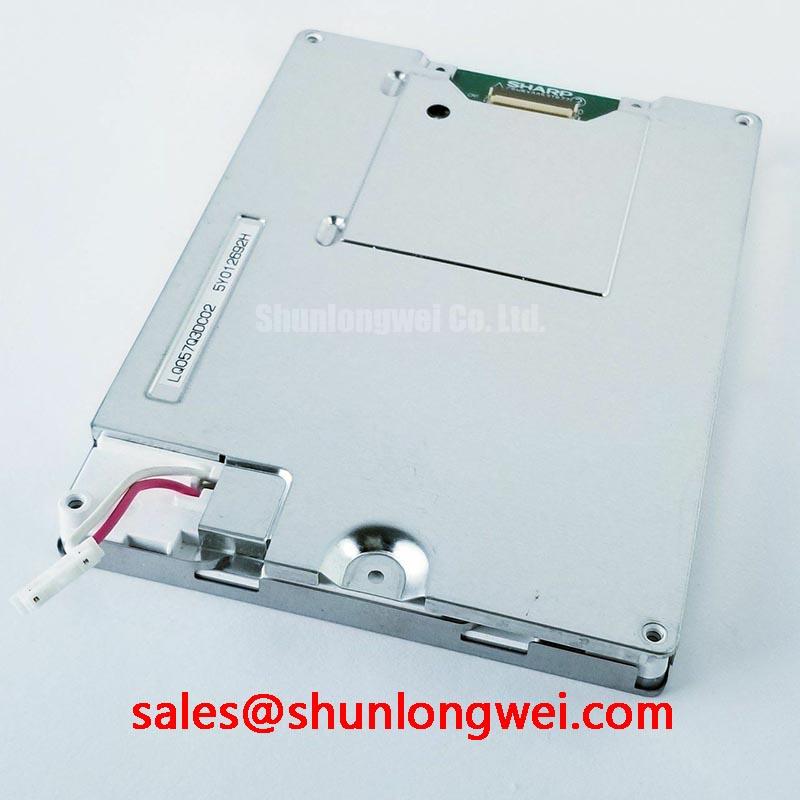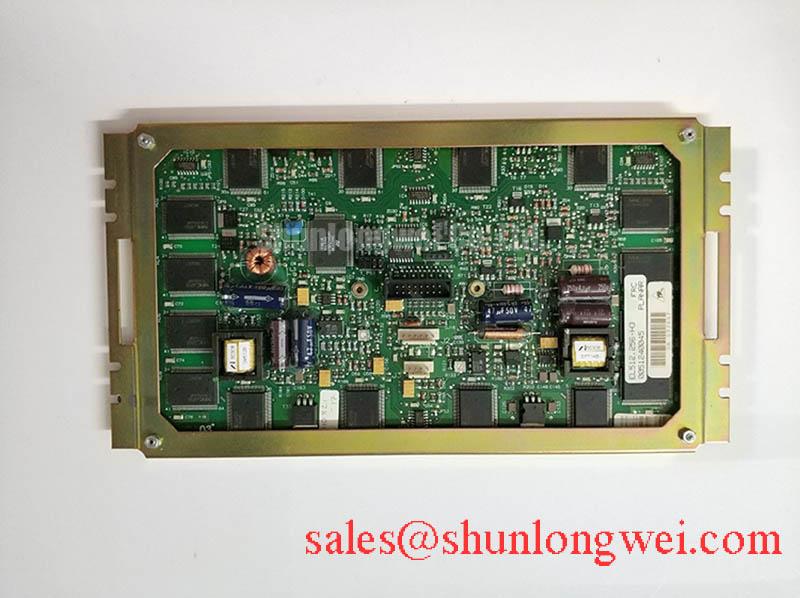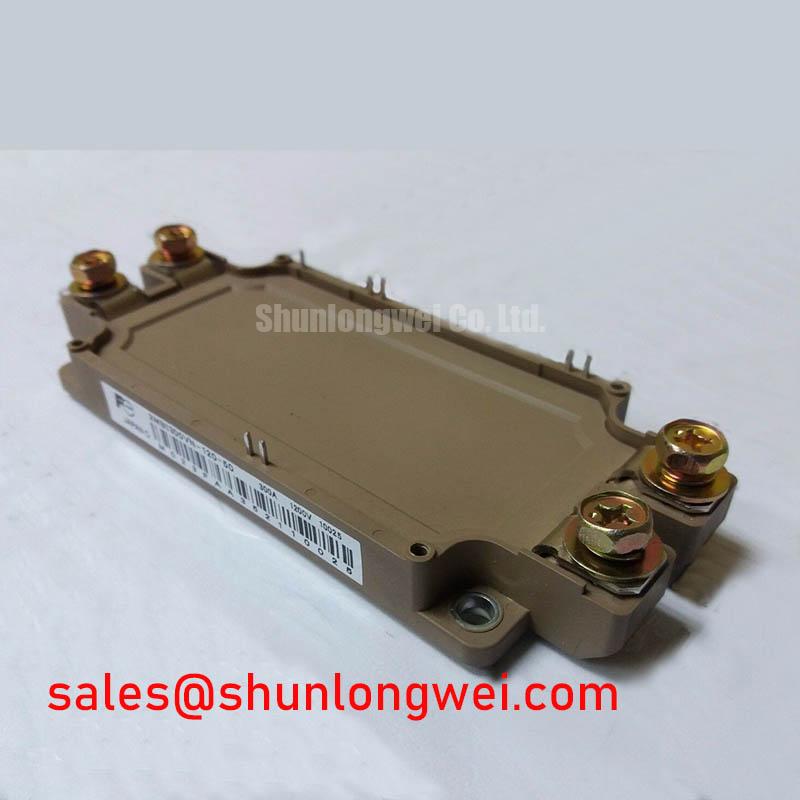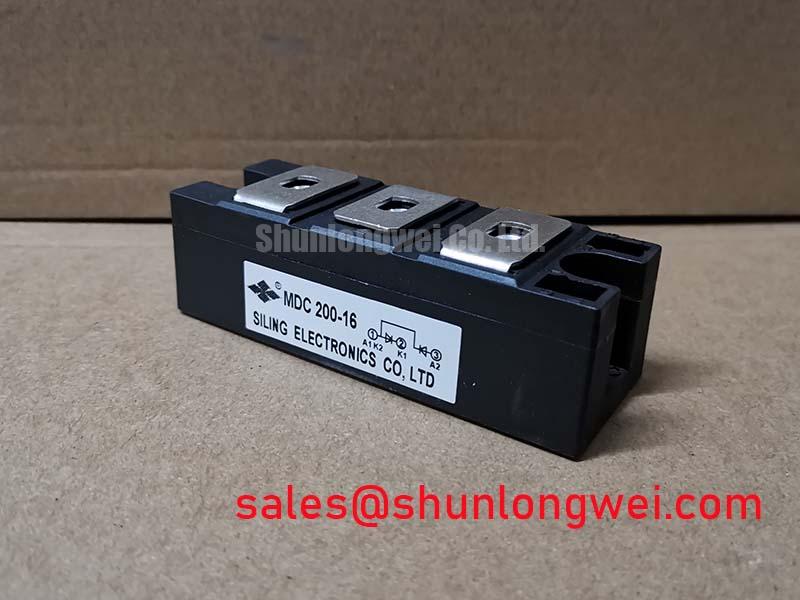ST330C16C0 | 1600V 330A Phase Control Thyristor | Technical Review
An Engineering-Centric Look at the High-Reliability Power Controller
Content last revised on October 13, 2025.
The ST330C16C0 is a high-reliability phase control thyristor engineered for demanding industrial applications, where its pressure-contact design ensures superior thermal performance and extended operational life under severe power cycling conditions. This device integrates robust electrical characteristics—1600V | 330A (RMS) | ITSM 9500A—with a design philosophy centered on mechanical endurance. Its key benefits include the elimination of solder fatigue and maximization of system uptime. What is the primary benefit of its pressure-contact design? Enhanced long-term reliability by eliminating solder fatigue, a common failure mode in power cycling. Best suited for high-current controlled rectifiers and soft starters where operational lifetime and fault tolerance are paramount.
Application Scenarios & Value
System-Level Benefits in High-Current Power Control
The ST330C16C0 thyristor is architected for high-stress industrial environments where reliability is not just a feature, but a core operational requirement. Its capabilities are particularly critical in applications such as industrial motor soft starters. In this scenario, the device must manage enormous inrush currents during motor startup while also enduring the repetitive thermal stress from frequent start/stop cycles. The ST330C16C0's substantial non-repetitive surge current (ITSM) rating of 9500A provides the necessary robustness to handle these surges without degradation, while its underlying pressure-contact construction directly addresses the challenge of thermal fatigue, a leading cause of failure in conventional soldered components.
This focus on durability makes it an excellent choice for a range of applications, including:
- Controlled Rectifiers: For DC power supplies, battery chargers, and front-end rectification in DC motor drives, its high blocking voltage provides a safe operating margin on noisy 480V and 690V industrial lines.
- AC Power Control: Ideal for high-power heating and lighting controls where precise and reliable phase-angle control is necessary.
- Welding Power Supplies: The device's ability to handle high current pulses and its inherent robustness contribute to the longevity of welding equipment.
For designs that require a pre-packaged thyristor and diode in a single module for specific rectifier topologies, the SKKD162/16 offers an alternative integrated solution.
Key Parameter Overview
Decoding the Specs for Enhanced Thermal Reliability
The technical specifications of the ST330C16C0 are a direct reflection of its intended use in high-reliability power systems. The parameters below have been selected to highlight the device's capacity for robust electrical and thermal performance. A deep understanding of these values is key to optimizing system design for longevity and efficiency.
| Parameter | Value | Engineering Implication |
|---|---|---|
| VRRM, VDRM (Repetitive Peak Voltage) | 1600 V | High Voltage Headroom: Provides a significant safety margin for operation on industrial grids, ensuring reliability against transient voltage spikes common in factory settings. |
| IT(AV) (Average On-State Current) | 330 A (@ TC = 60°C) | High Continuous Current: Enables control of substantial loads, suitable for large motors and high-power industrial processes. The specific case temperature is a critical design constraint. |
| ITSM (Surge Current, 10 ms, 50 Hz) | 9500 A | Exceptional Fault Tolerance: Think of ITSM as the device's ability to withstand a flash flood of current. This high rating ensures survival during fault conditions like short circuits or motor stalls. |
| VTM (Peak On-State Voltage) | 1.82 V (@ 1000 A) | Low Conduction Loss: A lower on-state voltage drop translates directly to less heat generated during operation, easing thermal management and improving overall system efficiency. |
| dv/dt (Critical Rate of Rise of Off-State Voltage) | 1000 V/µs | High Noise Immunity: Ensures the device does not accidentally turn on due to fast-rising voltages on the power line, a key factor for stable operation in electrically noisy environments. |
| Rth(j-c) (Thermal Resistance, Junction-to-Case) | 0.080 K/W | Efficient Heat Transfer: A low thermal resistance signifies an efficient pathway for heat to escape from the silicon chip to the heatsink, which is fundamental for reliable high-current operation. |
Download the ST330C16C0 datasheet for detailed specifications and performance curves.
Technical Deep Dive
A Closer Look at the Pressure-Contact Design for Long-Term Reliability
The defining feature of the ST330C16C0 is its pressure-contact encapsulation, a design that systematically eliminates one of the most common failure points in high-power semiconductor modules: solder fatigue. In conventional modules, the silicon die is soldered to a baseplate. Over time, the differential rates of thermal expansion and contraction between the silicon, solder, and copper baseplate cause micro-cracks to form in the solder layer. With each power cycle, these cracks grow, increasing thermal resistance and eventually leading to catastrophic failure.
The pressure-contact method circumvents this issue entirely. Instead of solder, a precise, high-force mechanical clamp is used to press the silicon element directly against its electrical and thermal contacts. If a soldered joint is like glue that can become brittle, a pressure-contact system is like a high-tension spring clamp; it maintains a consistently strong connection that flexes with the system without fatiguing. This approach yields a dramatic improvement in power cycling capability and operational lifetime, making it an indispensable technology for applications defined by frequent load changes or start/stop operations.
Frequently Asked Questions (FAQ)
Engineering Inquiries on the ST330C16C0
What is the primary advantage of the TO-209AB (DO-9) stud package?
The stud-mount package provides a simple, robust, and industry-standard method for mounting. It ensures a single, well-defined point of contact for applying clamping force, which is critical for achieving the low thermal resistance specified in the datasheet and for the proper function of the pressure-contact design.
How does the 1600V VRRM rating relate to system line voltage?
A 1600V rating provides the necessary design margin for use in systems connected to 600V or 690V AC lines. Industry best practices recommend a voltage rating of at least 2 to 2.5 times the nominal line voltage to safely withstand transients and fluctuations, making the ST330C16C0 a secure choice for these high-voltage applications.
Can the ST330C16C0 be used for high-frequency switching?
No, the ST330C16C0 is a phase control thyristor (SCR), not an IGBT or MOSFET. It is designed for line-frequency (50/60 Hz) applications like AC control and rectification. Its turn-off time (tq) is not specified for high-frequency operation, and attempting to use it as such would result in excessive switching losses and device failure.
What are the critical considerations when designing the heatsink for this device?
The two most critical parameters are the junction-to-case thermal resistance (Rth(j-c) = 0.080 K/W) and the case-to-heatsink thermal resistance (Rth(c-s) = 0.070 K/W). The final heatsink selection must be calculated based on the maximum expected average power dissipation to ensure the junction temperature (TJ) remains below its 125°C limit under worst-case ambient conditions.
How does the high ITSM rating impact circuit protection design?
An ITSM of 9500A allows the device to survive significant fault currents long enough for protective devices like fuses or circuit breakers to operate. This high rating can sometimes allow for the selection of less sensitive (and less costly) protection schemes, as the thyristor itself forms a robust first line of defense.
An Engineer's Perspective on Application
From a design engineer's viewpoint, the ST330C16C0 is less about pushing performance envelopes and more about establishing a foundation of unwavering reliability. When designing a system like a large-scale Variable Frequency Drive (VFD) or a primary industrial rectifier, the cost of downtime far exceeds the cost of a component. The value of this thyristor lies in its "set and forget" robustness, derived directly from its pressure-contact architecture and conservative voltage rating. It simplifies the risk assessment equation by removing a known failure mode, allowing the designer to focus on system-level optimization rather than component-level mitigation.

